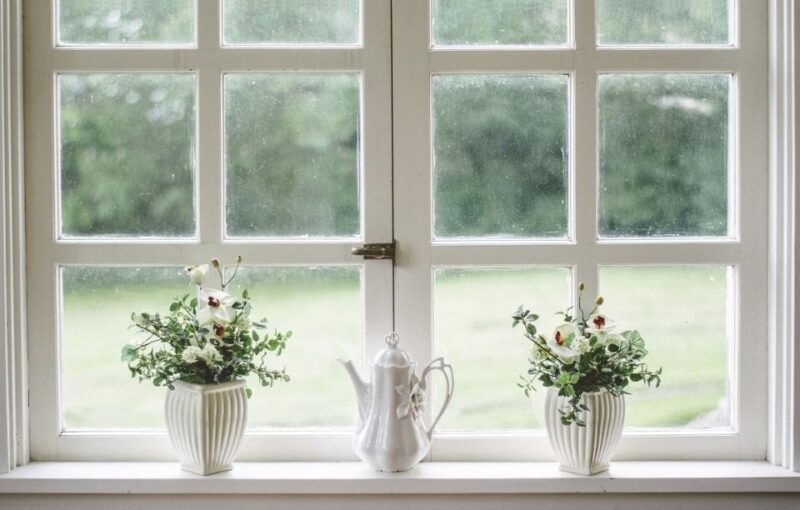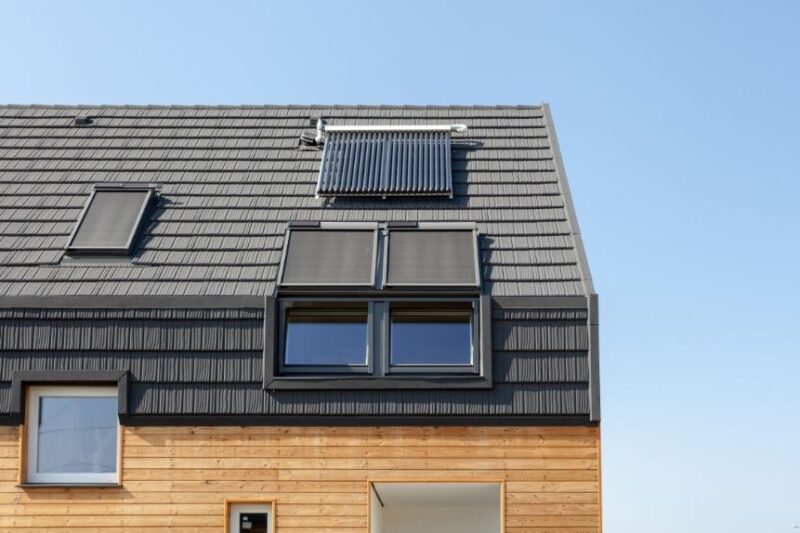
10 Ways Energy-Efficient Windows Lower Your Home’s Carbon Footprint
As concerns about energy conservation and environmental sustainability grow, homeowners in Ben Avon are increasingly looking for ways to reduce their carbon footprint. Installing energy-efficient windows is one of the most impactful upgrades you can make to your home. In a place like Ben Avon, where seasonal weather changes can lead to high energy consumption, investing in energy-efficient replacement windows is not only beneficial for your comfort but also for your budget and the environment.
Energy-efficient windows offer superior energy efficiency and long-term durability, making them an ideal solution for eco-conscious homeowners in Ben Avon. Here are 10 ways energy-efficient windows can significantly lower your home’s carbon footprint.
1. Improved Insulation and Reduced Heat Loss
Energy-efficient windows are designed to prevent heat from escaping in the winter. Poor insulation in older windows often forces heating systems to work harder, increasing energy bills and carbon emissions. If you live in Ben Avon replacement windows can significantly reduce heat loss, ensuring your house remains comfortably warm when the temperature outdoors becomes cold.
2. Reduced Air Conditioning Usage
Energy-efficient windows also prevent heat from entering your home during the summer. The reflective coatings on these windows help block excess heat, reducing the need for air conditioning. This leads to lower electricity use, directly cutting your carbon emissions. By naturally maintaining a cooler home, energy-efficient windows decrease the strain on your air conditioner, reducing energy costs and environmental impact.
3. Enhanced Natural Light
Energy-efficient windows allow more natural light to enter your home without causing overheating. You can reduce your reliance on artificial lighting during the day by increasing the amount of sunlight in your living space. This simple shift helps lower energy consumption and electricity costs. More natural light also creates a brighter, healthier environment inside your home, further enhancing the appeal of energy-efficient window replacements.
4. Prevention of Drafts and Air Leaks
Old or poorly sealed windows can cause drafts, leading to energy loss and higher utility bills. Energy-efficient replacement windows are designed to form a tight seal around your home, preventing air leaks and keeping your home at a consistent temperature. By eliminating drafts, you reduce the workload on your heating and cooling systems, lowering energy use and shrinking your carbon footprint.
5. Long-Term Durability and Reduced Waste
Energy-efficient windows are built to last, which reduces the need for frequent replacements. This durability minimizes waste from manufacturing and installing new windows. Additionally, many modern energy-efficient windows are made from recyclable materials, further reducing their environmental impact.
6. Low-E Coating for Maximum Efficiency
Low-E (Low-Emissivity) coatings are a critical feature of energy-efficient windows. These coatings are applied to the glass to reflect heat into your home during the winter and block it in the summer. This minimizes the need for excessive heating or cooling, helping you save energy year-round. Low-E windows also prevent indoor temperature fluctuations by reducing the amount of ultraviolet (UV) and infrared light that enters your home. This technology helps reduce your home’s energy consumption and contributes to a lower carbon footprint, making them a perfect choice for eco-conscious homeowners.
7. Reduced Condensation and Mold Growth
Condensation can be a major issue with traditional windows, particularly in cold weather. When warm air from inside the house meets a cold windowpane, condensation forms, leading to potential mold growth. Mold harms indoor air quality and can damage window frames and walls. Energy-efficient windows minimize condensation by maintaining a more consistent surface temperature. This reduces the likelihood of mold growth and helps protect your home’s structure. By improving indoor air quality and reducing the need for mold remediation, these windows contribute to a healthier, more eco-friendly living space.
8. Environmentally Friendly Materials
Energy-efficient windows are often made from sustainable, eco-friendly materials, which reduce their environmental impact even further. Many manufacturers now prioritize using recycled materials and sustainable production methods to reduce waste during the manufacturing process. They’re designed with sustainability in mind, making these windows not only more durable but also less harmful to the environment. When you choose replacement windows made from sustainable materials, you’re reducing your carbon footprint at every stage, from manufacturing to installation.
9. Compatibility with Renewable Energy Systems
Energy-efficient windows complement renewable energy systems, such as solar power, by maximizing the efficiency of the energy generated by the energy systems. When paired with a solar panel system, these windows help keep your home well-insulated, reducing the amount of electricity needed for heating and cooling. By lowering the overall energy demand, energy-efficient windows can enhance the effectiveness of renewable energy solutions, making your home even more sustainable
10. Supports Green Building Certifications
Homeowners who aim to build or retrofit their homes to meet eco-friendly certifications, such as LEED (Leadership in Energy and Environmental Design) or ENERGY STAR, will benefit from installing energy-
efficient windows. These certifications recognize homes that meet specific energy performance standards and have a lower environmental impact. By installing energy-efficient windows, homeowners can qualify for these certifications, adding value to their property and contributing to a greener future. These windows help homes meet the stringent energy efficiency criteria required for green certifications, making them a smart investment for eco-conscious homeowners. In the face of rising energy costs and the increasing need for environmental responsibility, upgrading to energy-efficient replacement windows is one of the most effective steps homeowners can take. These windows significantly reduce energy consumption, improve indoor comfort, and contribute to lowering your home’s overall carbon footprint. By providing better insulation, preventing drafts, and minimizing
the need for excessive heating and cooling, energy-efficient windows not only save you money on utility bills but also support a more sustainable lifestyle. The long-term durability, advanced technologies like Low-E coatings, and the use of eco-friendly materials make energy-efficient windows a key component in any eco-conscious home. Their ability to improve energy performance and complement renewable energy systems further enhances their value. Whether you’re aiming to meet green building certifications or want to make your home more environmentally friendly, energy-efficient windows offer lasting benefits for both the planet and your
home. So, if you’re committed to reducing your carbon footprint to become more environmentally responsible, replacing your existing windows with energy-efficient ones is the way to go!
creditSource link





